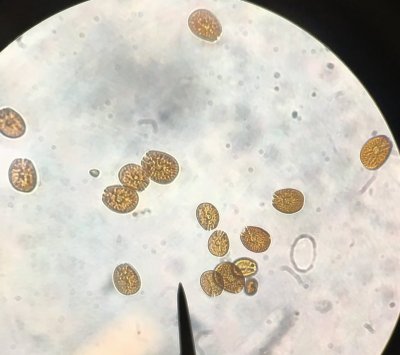Thanks,It will not "absorb" hydrogen peroxide. However, you want to ensure that the peroxide has completely finished oxidizing before adding it to your tank. You will also want to complete remove the new oxidized detritus and other organics before adding to your tank. Therefore, you will need to repeat your rinses to remove the previous organics- this will also have the secondary effect of elimination of any remaining oxidizers via dilution. For these steps, you do not need to rinse with RODI- tap water will do just fine. I would only use RODI as a final rinse (with or without a dechlorinator) to remove any chloramine/chlorine from the tap water). You can also completely dry the sand to remove any chlorine, although this takes far longer to do in practice.
Gotcha on the final rinse with Ro/Di..
Not sure how long it takes the peroxide to oxidize, but I’d figure an hour or so would be good. I drained all the water off the top and added 2 Dixie cups full back in the tank. I didn’t rinse again. I was wanting it to have some residual peroxide left on it. It’s kind of an experiment also, to see if the aragonite kills the dinos I poured it on. I just wasn’t sure on the absorption thing. I know, sand will absorb a lot of things. Hopefully, I didn’t just nuke the tank. I’ll keep things updated. Thanks for your reply!



















